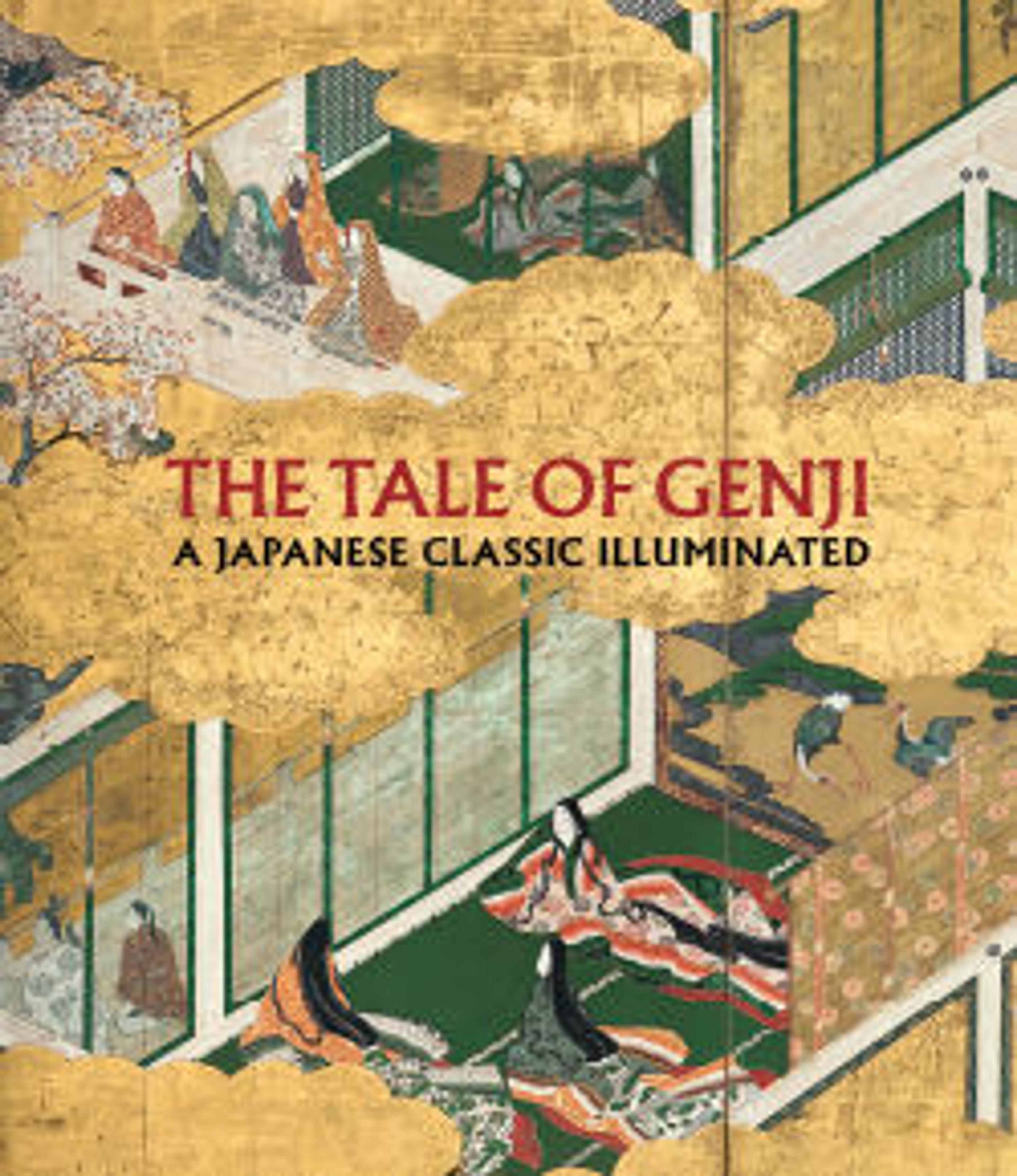
The Tale of Genji: A Japanese Classic Illuminated
With its vivid descriptions of courtly society, gardens, and architecture in early eleventh-century Japan, The Tale of Genji—recognized as the world's first novel—has captivated audiences around the globe and inspired artistic traditions for one thousand years. Its female author, Murasaki Shikibu, was a diarist, a renowned poet, and, as a tutor to the young empress, the ultimate palace insider; her monumental work of fiction offers entry into an elaborate, mysterious world of court romance, political intrigue, elite customs, and religious life. This handsomely designed and illustrated book explores the outstanding art associated with Genji through in-depth essays and discussions of more than one hundred works.
The Tale of Genji has influenced all forms of Japanese artistic expression, from intimately scaled albums to boldly designed hanging scrolls and screen paintings, lacquer boxes, incense burners, games, palanquins for transporting young brides to their new homes, and even contemporary manga. The authors, both art historians and Genji scholars, discuss the tale's transmission and reception over the centuries; illuminate its place within the history of Japanese literature and calligraphy; highlight its key episodes and characters; and explore its wide-ranging influence on Japanese culture, design, and aesthetics into the modern era.
Met Art in Publication
Citation
Carpenter, John T., Melissa McCormick, Elisa Urbanelli, Midori Sano, Mónika Bincsik, and Kyoko Kinoshita. 2019. The Tale of Genji: A Japanese Classic Illuminated. New York: The Metropolitan Museum of Art.